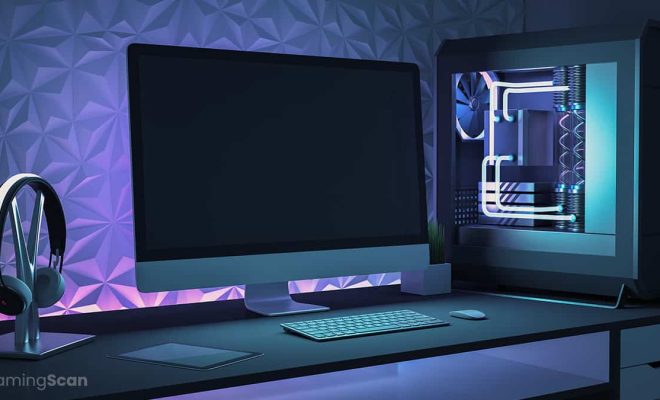What’s the Difference Between a Monitor and a TV?

As technology advances, the line between devices can become blurred. One of the most common areas for confusion is the difference between a monitor and a TV. While they may look similar, there are some key differences to consider when deciding which to purchase.
Resolution
One of the primary differences between monitors and TVs is their resolutions. TVs are often designed for viewing from a few feet away, so they tend to have lower pixel density. Monitors, on the other hand, are often used for up-close work and require higher pixel density for sharp, clear images. This means that monitors tend to have higher resolutions than TVs.
Refresh Rate
Another difference between monitors and TVs is their refresh rates. Refresh rate determines how many times per second the screen is updated, and a higher refresh rate can result in smoother motion. Monitors often have higher refresh rates than TVs because they’re designed for tasks that require quick movements, like gaming or video editing.
Inputs
Another important factor to consider is inputs. Monitors usually have a range of input options, including HDMI, DisplayPort, and VGA. TVs may have fewer options, since they’re generally designed for use with a cable box or streaming device.
Color Accuracy
Finally, color accuracy is another significant difference between monitors and TVs. Monitors are designed to display colors accurately and consistently, making them ideal for applications like graphic design, video editing, or photography. TVs prioritize color vibrancy and contrast, which can make them well-suited for watching movies or playing video games.






